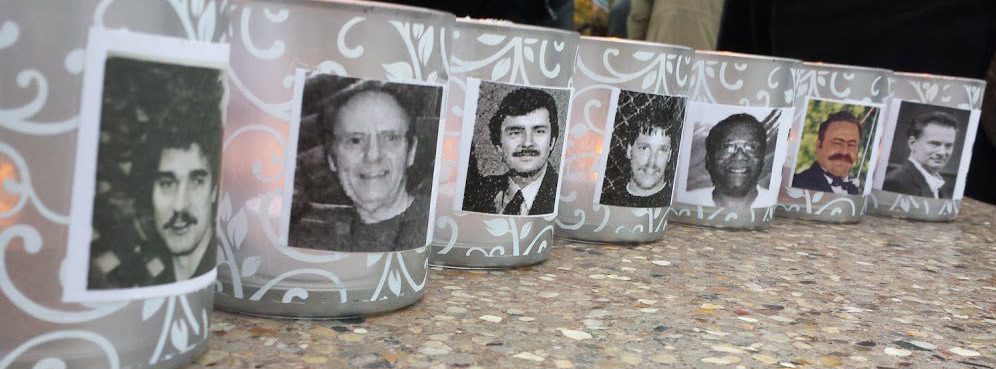April 19, 2025 marked the thirty-year anniversary of the Oklahoma City Bombing, a horrific incident classified as the largest terrorist act ever committed on US soil. A fitting day to revisit the following exercise:
You be the judge:
Middle image is a police sketch. Which of the adjacent photos is the better match: A or B?
 A Police Sketch B
A Police Sketch B
Why I administer this test:
At the time of the incident, it hit…well…sort of close to home. Based on the results of administering this exercise in the past few years, especially when testing young adults, it could have marked a definite turning point in the life of my family.
When the bombing happened in 1995, a police sketch of the suspect was circulated on the news. Mike and I felt it was a stark resemblance of someone close to us, someone who was also in the military at that time, but stationed in another state. In fact, calls came in from all over the country from family members who expressed that same concern.
In this case justice was served. However, when the perpetrator, Timothy McVeigh, was finally caught and his face appeared in news clips, our first impression was that his facial features didn’t match the police sketch as well as the facial features of the person we knew.
With that said, my point with this exercise is less about guessing the correct answer and more about illustrating how unreliable police sketches/photo lineups are. I use this exercise when giving talks that include the main causes of wrongful convictions, and more specifically, mistaken identity which happens in 27% of wrongful conviction cases.
The results:
The majority of young people typically choose image A. I’ve used this exercise in classrooms and have actually witnessed a unanimous or majority vote for image A.
Those who know of the incident typically choose image B for obvious reasons.
A significant number of participants are not able to choose and say it could be either A or B.
When I ask participants to disclose why they choose one image over the other the answers are all over the map. They cite the ears, eyes, nose, hairline, lips, or chin as defining characteristics. One participant cited the length of the neck as a factor. What’s more, many attribute similar likenesses from both of the images to the police sketch. For instance, while some feel the ears in image A best match the police sketch, others claim the ears in image B best match the sketch. The point is that we all see things differently based on our innate biases and interpretations which is why photo lineups are so unreliable.
Time for full disclosure. The correct answer is B.
But who is the person in image A? That’s our son, Jared! In 1995, he was in the Marines and was stationed in California. Years later, while preparing this exercise for a school visit I asked Jared if he remembered the incident and if he had a photo I could use for the lineup. He said he had never seen the sketch so I sent it to him. He was shocked by the resemblance to a photo of himself from his military days which he sent to me! The photo I’ve used is that photo.
What if Jared had been in Oklahoma City during the investigation? Could he have been arrested based on his resemblance to the sketch? I think so. Many others think so. And the fact that Timothy McVeigh was executed for this crime adds another layer of fear that this could have been our son’s fate! A possibility that will forever haunt us…
Note: Another layer in this saga about our son, Jared, in relation to eyewitness testimony will be forthcoming soon in a very insightful upcoming blog. Stay tuned!


A frightening story, Joan, and a powerful exercise to raise people’s awareness about the challenges of relying on sketches to identify someone suspected of a serious crime, even if the drawings are better than the one used by the police in this case.
Thank you Carol. It certainly is frightening. I do hope that with all of the exonerations happening these days that folks are seeing how the process can spiral out of control. It’s more comforting to believe that the system works all of the time but the reality is that it doesn’t. Even though the number of flawed cases is minimal, we do need to pay attention to them.